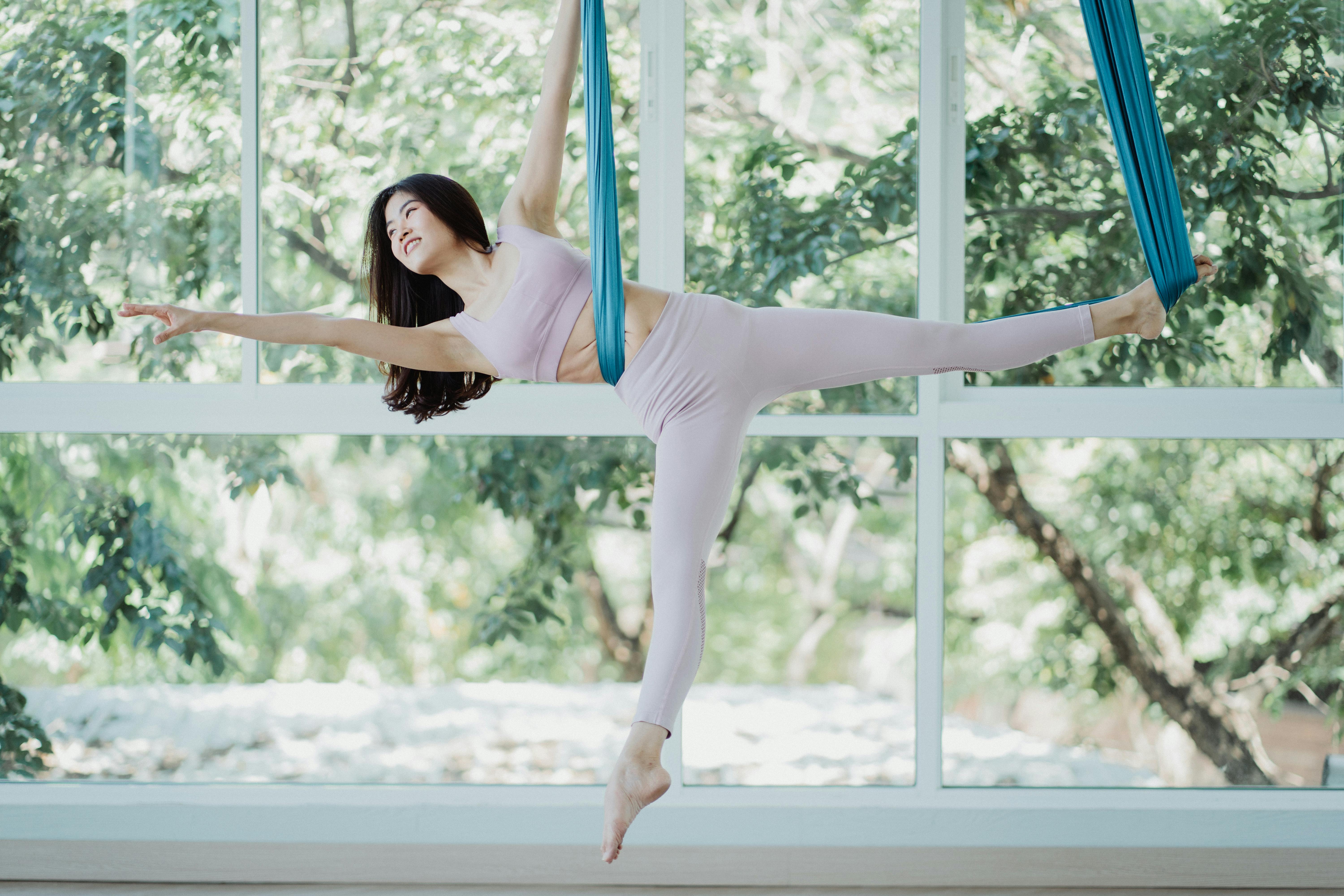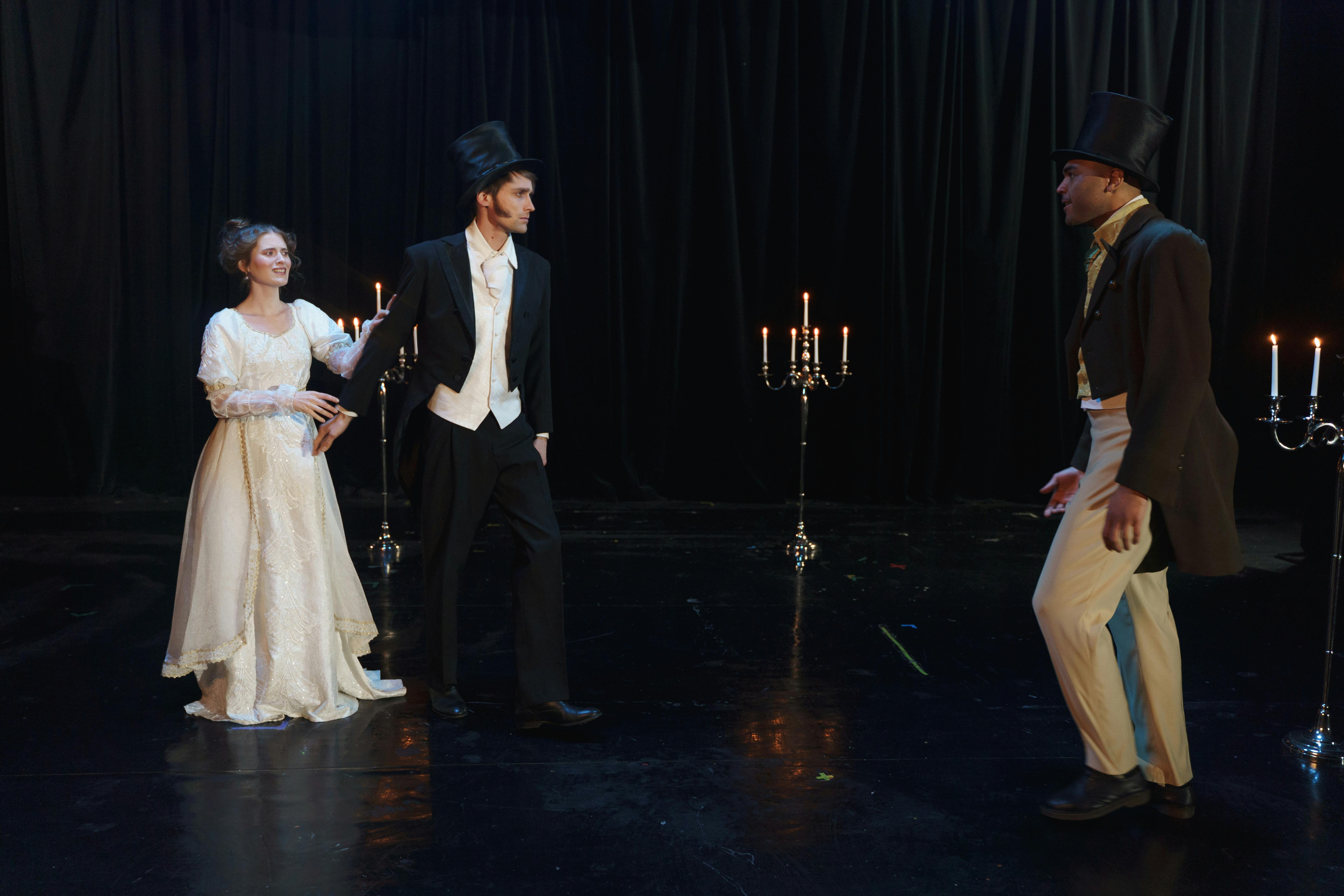Throughout history there have been struggles for many races and nationalities. But no struggle has been so exhausting and despised as that of the black woman. In her poem “Black Statue of Liberty,” Detroit-born Jessica Care Moore pays tribute to our unsung heroes.
A careful analysis of the poem requires readers to note many themes that run throughout this work. We will discuss racial and gender stereotypes, religious conversion, empowerment (or lack thereof), and self-recognition. Before we begin to explore these topics, we will take a brief look at characterization.
In the first stanza, Moore characterizes the black woman by describing what the Statue of Liberty would look like if she were black. The author gives us a clear mental image of a strong black woman to carry with us throughout the poem. When the author says that the statue stands with “Scar on face, thick braids in hair/Laced combat boots” (stanza 1, line 2-3), we have the image of a woman who is still strong and proud afterward. having gone through an obvious conflict. Moore makes us feel sympathy for the black women in the poem if we are not one yet or already know one. Now let’s take a look at the first theme presented in the poem.
The first theme presented in the poem is the racial and gender stereotypes applied to black women. After being slaves for so long and humbly serving their white masters, black women were cast down as riffraff in society. In white communities they are typecast in the role of “mom” and in black communities they play the role of the queen of well-being. When Moore writes “Piece by piece you shaped my body to this country/And now that I’m here you still don’t want me” (stanza 2 lines 7-8) she reinforces the idea that black women were taught that the natural the beauty of the possessed was not good enough in the eyes of society. This idea has led many black women to make a false attempt to “Europeanize” their appearance, only to not be accepted. After resentment, we will now see how religious conversion has shaped the beliefs of black women.
Many accounts of slavery give us an overview of how religion was used to hold slaves in contempt with the idea that their only purpose in life was to happily serve their master. This was a small step in the process that helped black women and men lose their identity. Moore speaks of how black women live in a nation that “placed a bible under my arm, after they ripped me from my faith” (stanza 3, lines 15-16), indicating that black women are taught to worship a god they did not have. don’t believe in The religion that black people (women) were used to was forcibly replaced by Christianity. Slave owners often used their own interpretation of Bible passages to restore peace to the plantations. The slaves were not allowed to learn to read and thus could not interpret the meanings for themselves. With an understanding of how religious conversion affected black women, we can now examine the theme of resentment as it is presented in the poem.
It is a widespread belief among black women that they are not as respected as they should be. Moore gives us a good idea of the lack of recognition that has been given to black women. When he writes “And even if you don’t love her, she will never hate you.” (stanza 4 line 24), we capture the concept of the black woman who turns the other cheek, although she does refer to the fact that white society claims what is proper to Afrocentric culture. She claims that black women are “the true symbols of freedom” (stanza 4, line 30) and not “the same people who enslaved us.” (stanza 4 line 31). Moore carries the theme of empowerment throughout the rest of the poem, though she covers it from many different angles. We have discussed the lack of empowerment represented through Moore’s words, now we will discuss how breaking the stereotypes imposed on black women empowers them.
Black women have worked hard to break the toxic images that the media has shown of them. Civil rights leaders have made it acceptable to do things by choice that black women were forced to do in the past. Moore supports this idea by writing “I’m sitting in the back of the bus, because I feel like it.” (stanza 5 line 32). She asks us to ask ourselves “What is a liberated woman to do?” (stanza 6 line 40) to get the recognition she deserves. She gives us insight into all the empowering things black women do, like “sweeping crack pipes out of schoolyards” (stanza 6, line 37) and “paying rent” (stanza 6, line 42 ) while contradicting the negative behavior. black women are known for. She states that “my children are not into crack and neither am I” (stanza 6 line 45). With this line alone, Moore diminishes popular preconceptions about black women. The dissection of racial and gender stereotypes, religious conversion, and empowerment leads us directly to our final theme, self-recognition.
If we follow the themes of the poem we can glimpse the struggle of black women. In the final stanza, we get a sense of self-recognition from the black women, which is a kind of conclusion to their interpersonal struggle. She realizes that she doesn’t need a statue to be recognized because she is the “walking, talking, surviving, breathing, beautiful/black statue of liberty.” (stanza 7 lines 51-52). From slavery to the corporate office, Black women in America have faced racial and gender discrimination and religious conversion, but through empowerment and self-recognition they have been able to stand their ground and be heard. After analyzing this poem we should all have more respect and tolerance for those who are different from us. More importantly, we should all have more respect and tolerance for ourselves and those like us.
Works Cited
Moore, Jessica M. “Black Statue of Liberty.” The verses of the alphabet: The Ghetto. Ed. Samiya Bashir. First edition. Atlanta, GA: Moore Black Press, 2002.




